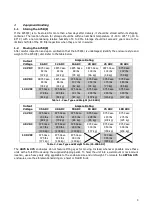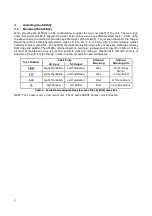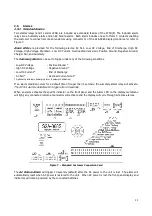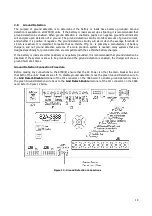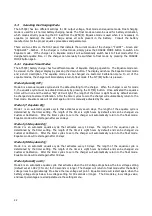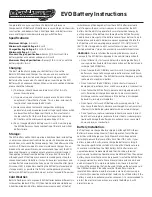
16
will always produce a set constant output voltage. As the battery temperature increases, this constant voltage
will then induce a higher output current from the charger. This higher current can result in overcharging the
battery, which in turn can result in damage to the batteries.
Temperature Compensation combats this overcharging by adjusting the charger’s output voltage based on the
temperature read by the temperature probe. As can be seen in figure 10, an internal temperature sensor is
standard, but in order to increase the accuracy of the temperature compensation the external probe can be
used to measure the temperature of the battery.
Option 11W includes the compensation circuit and a 24 foot long temperature probe. Option 11Y includes the
compensation circuit and a 100 foot long temperature probe. With either option approximately two feet of the
probe is taken inside the charger enclosure.
2.6.1 External Probe Connection Procedure
Before making any connections to the A75D(E) ensure that the AC Power is off at the main breaker box and
that both of the unit’s breakers are off. Verify that no voltage is present by using a voltmeter at all input and
output terminals. Disconnect the supplied internal temperature sensor from the connector J4 of the 368S card.
Connect the external temperature probe to the same J4 connector; the connection can only be made one way
to avoid polarity issues. In order to disable temperature compensation, the setting must be disabled in the
customer calibration.
Figure 10 - Temperature Compensation Connection Diagram
Summary of Contents for A75D
Page 2: ......


